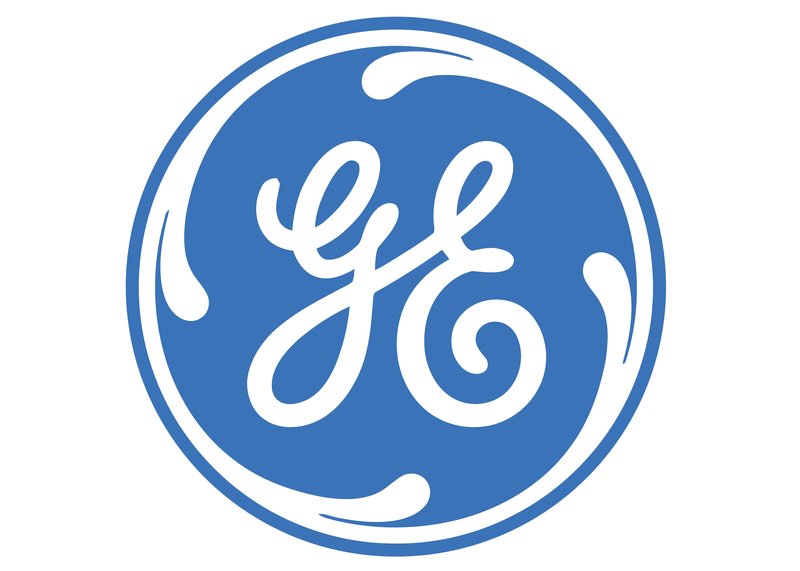
When you see that pesky E1 error code, it’s like your washing machine is waving a little red flag, saying, “Hey, there might be a problem here!” Typically, this particular error means there’s an issue with the water supply. It’s similar to trying to fill a swimming pool with a garden hose that’s barely trickling; if the water isn’t flowing as it should, your washing machine can’t do its job properly. But hold on—before you start panicking about repair costs, you might be wondering: “Is this problem covered under my warranty?”
Understanding the E1 Error Code
Let’s dive a bit deeper into what this E1 error code actually signifies. In the world of GE washing machines, an E1 code usually indicates that the machine is experiencing trouble with the water supply. Picture this: it’s like when you’re trying to take a shower, but the water pressure is too low, or the water won’t stop running no matter how much you turn the tap. This might be due to a blockage in the water inlet valve, which restricts the flow, much like a tiny kink in a hose.
Now, the E1 error isn’t necessarily a disaster, but it’s a signal that something’s up. It’s crucial to address this issue sooner rather than later to prevent further problems down the road. Just as ignoring a leaky pipe can lead to bigger plumbing issues, an unchecked E1 error might escalate to more significant—and costly—damage.
So, what should you do when you encounter this error? First, check the simple stuff: ensure that the water faucets feeding your machine are fully open and that there are no kinks in the hoses. Often, these quick checks can solve the problem. If these don’t work, it’s time to consider whether your machine’s warranty might cover more complex repairs.
Does the Warranty Cover Error Code E1?
Here’s the deal: warranties are your safety net when it comes to household appliances, but they’re not always straightforward. Whether the E1 error is covered under warranty largely depends on the specifics of your warranty agreement with GE. Just like an extended car warranty might cover certain vehicle repairs but not others, your washing machine’s warranty will have its own set of rules and exceptions.
GE warranties often cover specific mechanical failures and parts within a defined period—usually one year for full coverage and possibly longer for specific components like the motor. If the E1 error arises due to a faulty part that falls under warranty coverage, such as the water inlet valve, you might be in luck. You’ll want to dig out that warranty agreement and check the conditions, or reach out to GE customer service for clarity.
But remember, warranties typically don’t cover problems arising from external issues, like sediment in your home’s water supply clogging the inlet valve. It’s just like how a car warranty won’t cover accidents caused by potholes. For those kinds of situations, you might have to roll up your sleeves and get a little hands-on.
Steps to Take If You’re Covered
If your warranty does cover the E1 error, breathe easy! You’re likely not on the hook for costly repairs. Your first step should be contacting GE’s customer support. They can guide you through the process of making a warranty claim and arranging for a technician to assess and fix the issue. Think of them as your personal washing machine doctors—they know exactly what to look for and how to deal with the problem.
Before you make that call, ensure you have the necessary information ready—like your washing machine’s model number, the serial number, and your purchase receipt. Providing these details promptly will help speed up the claim process. It’s like having your doctor’s patient information form filled out before your appointment; it gets things moving much more smoothly.
In the meantime, while waiting for a technician, avoid using the washing machine to prevent exacerbating the issue. After all, it’s better to be safe than sorry, right? This way, you’re not just protecting your machine but also your peace of mind.
If You’re Not Covered, What’s Next?
Okay, so what if your warranty doesn’t cover the E1 error? Don’t fret just yet. It’s tempting to feel stuck, but there are still paths forward. Think of this as a good time to hone your DIY skills. Many common causes of the E1 error, like a clogged filter or a kinked hose, are issues you can tackle yourself with a little patience and guidance.
First, try cleaning the water inlet filters—these are the tiny screens that prevent debris from getting into your machine. They can get clogged over time, restricting water flow much like a blocked artery. Don’t worry, you won’t need a toolbox full of fancy equipment. A simple cleaning might be the fix you need.
For more complex issues, like a broken inlet valve, consider hiring a qualified technician. Sure, this might mean an upfront cost, but it can save you from bigger expenses down the line. It’s a bit like paying for preventative maintenance on your car to avoid major repairs later.
Preventative Tips and Final Thoughts
Let’s wrap things up with some proactive measures to keep that E1 code at bay. Regular maintenance is key—think of it like giving your car regular oil changes to keep it running smoothly. Periodically check and clean the water inlet filters, ensure hoses aren’t tangled or bent, and check connections for any leaks.
Additionally, keep an eye on water quality. Hard water can cause mineral buildup, which may lead to clogs, much like how cholesterol can block arteries. Using a water softener might help if you’re in an area with hard water.
Ultimately, understanding that E1 error code and navigating warranty waters might seem daunting at first, but with the right approach, you can tackle this challenge head-on. Remember, a little knowledge goes a long way in keeping your washing machine—and your laundry—running clean and smooth!
